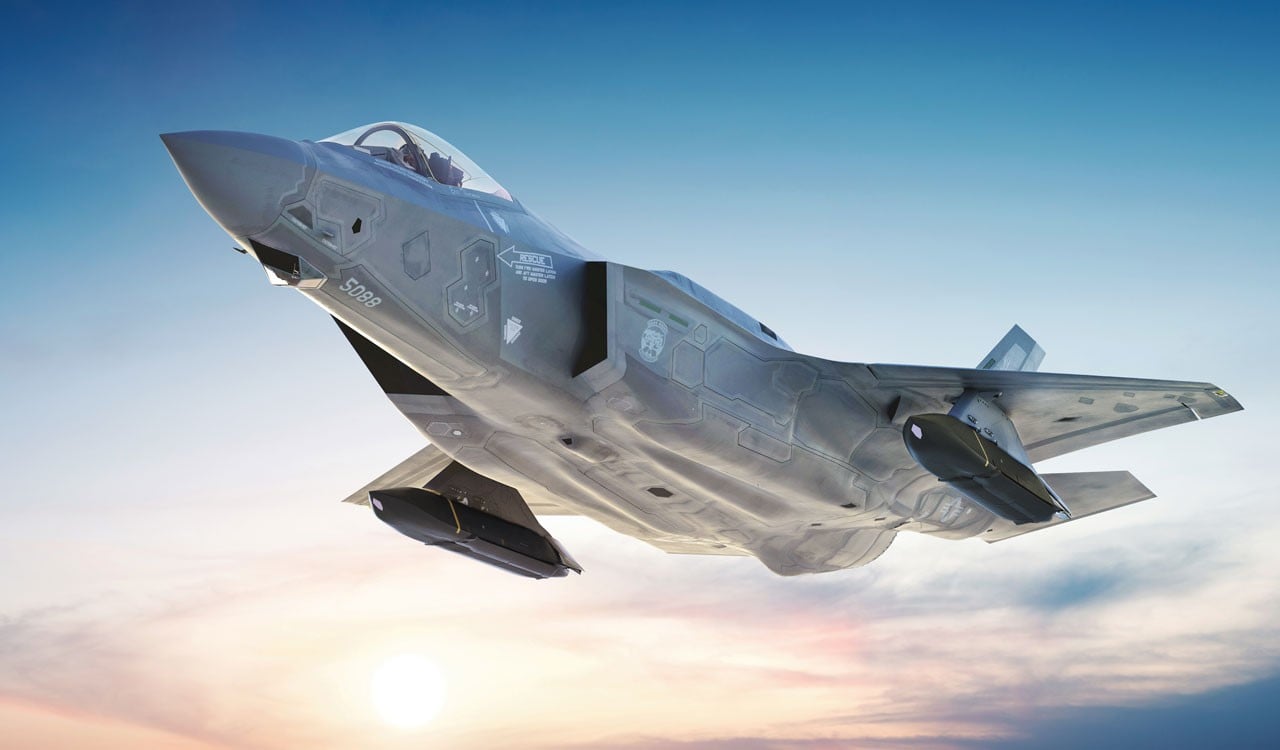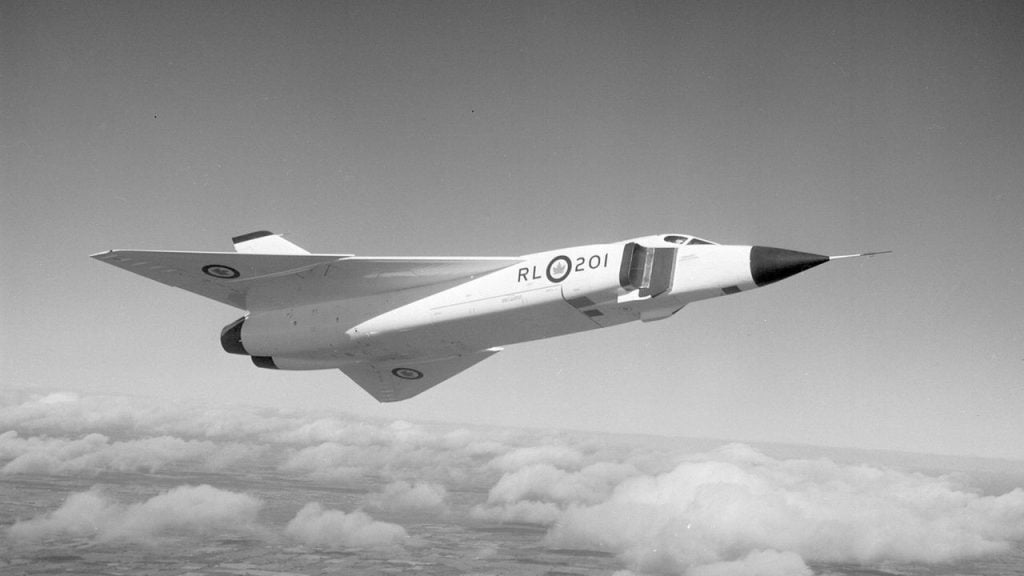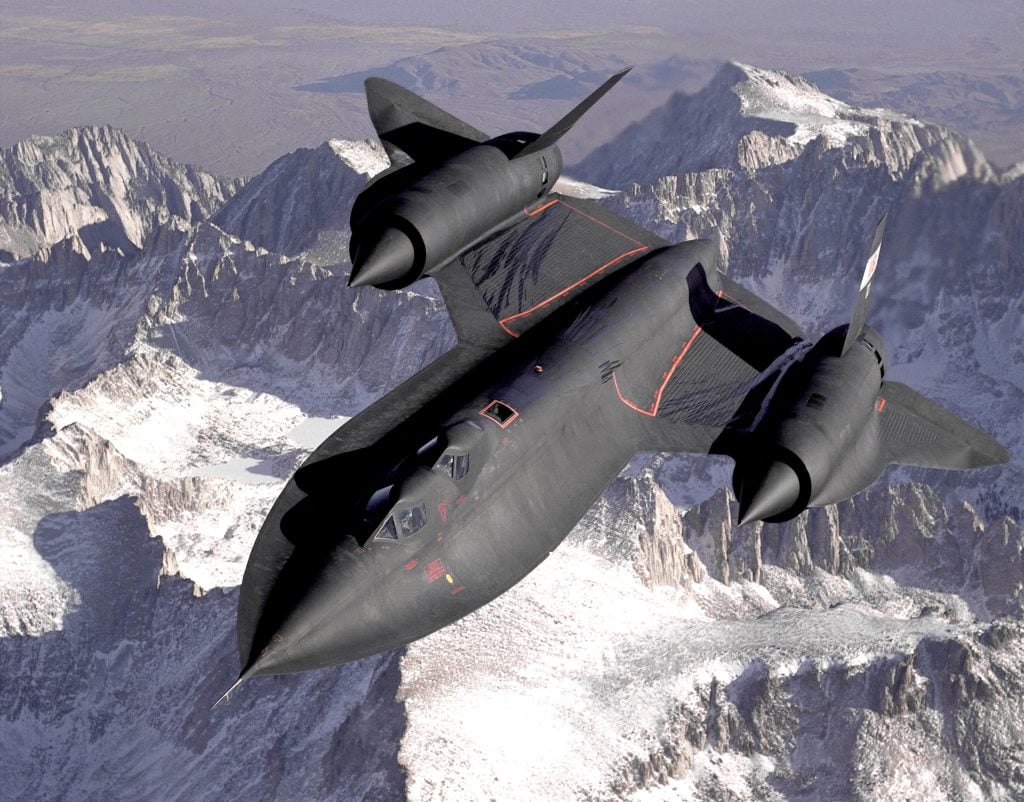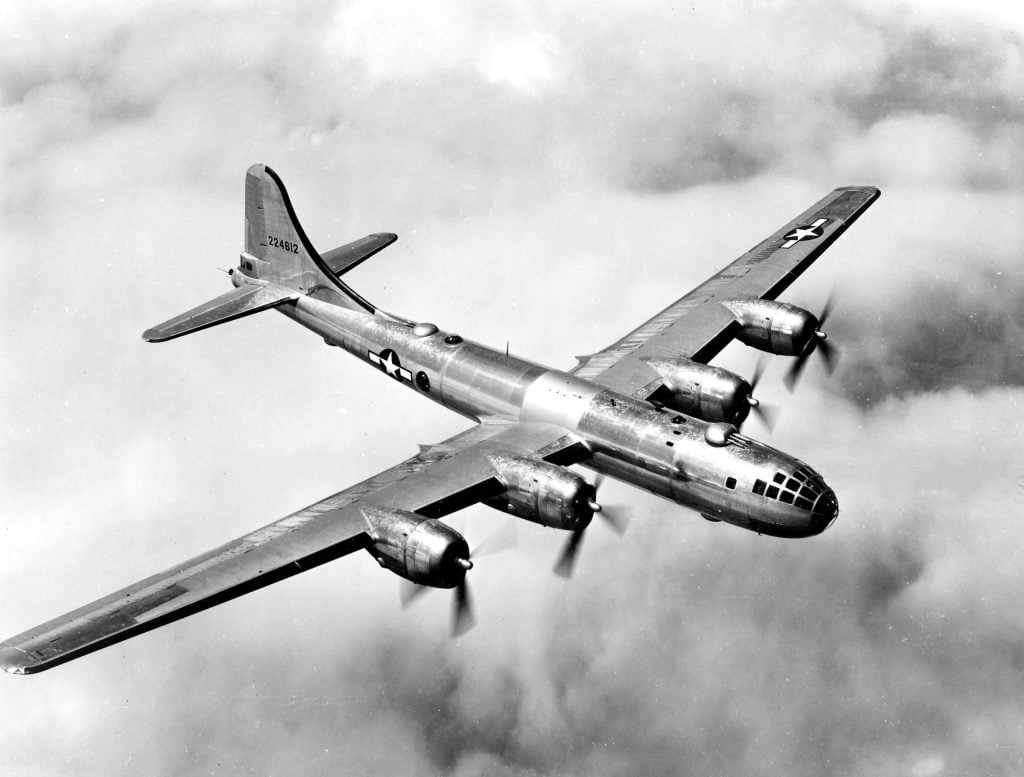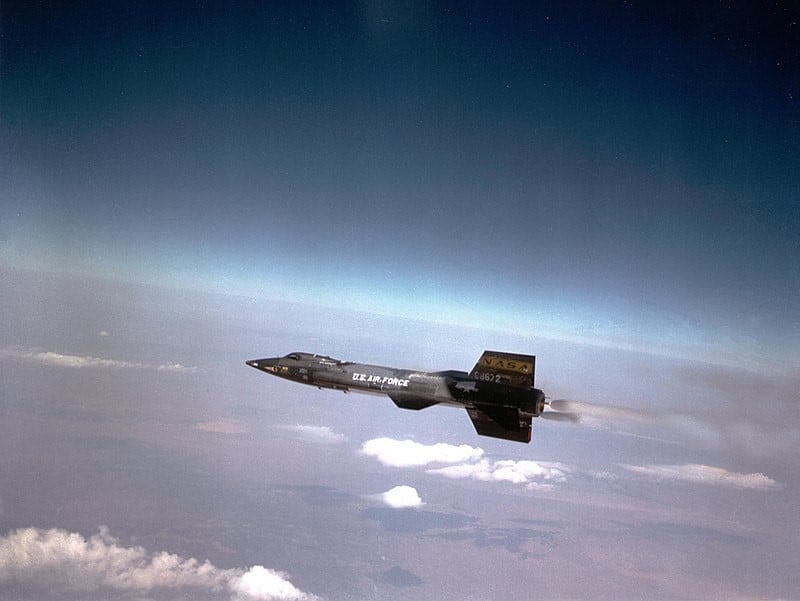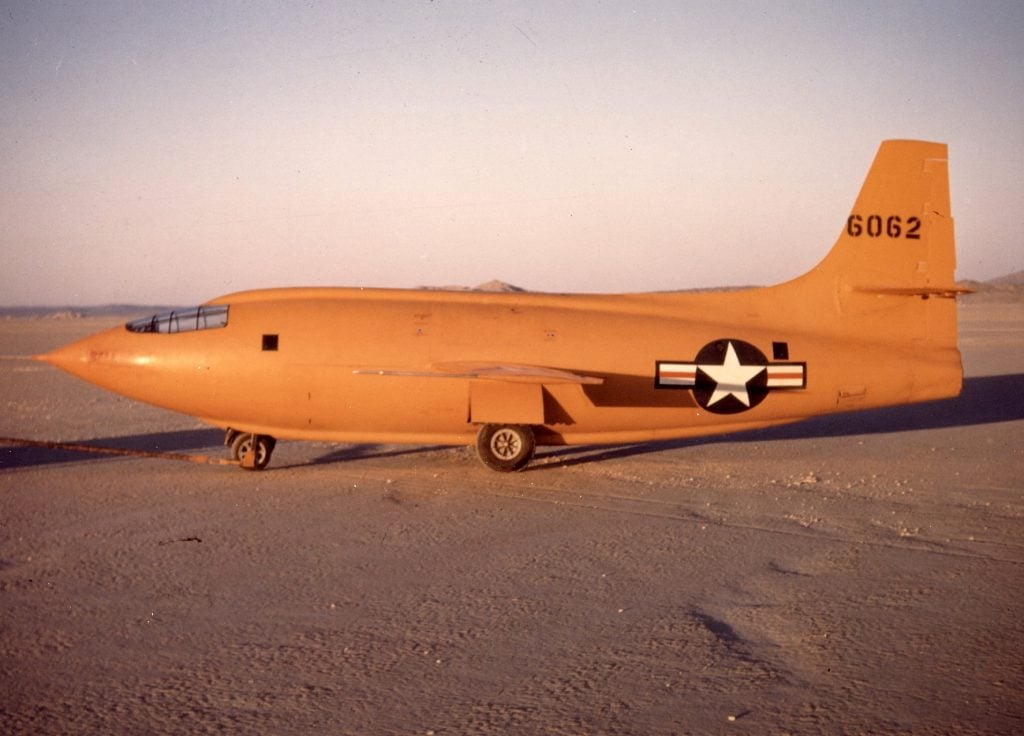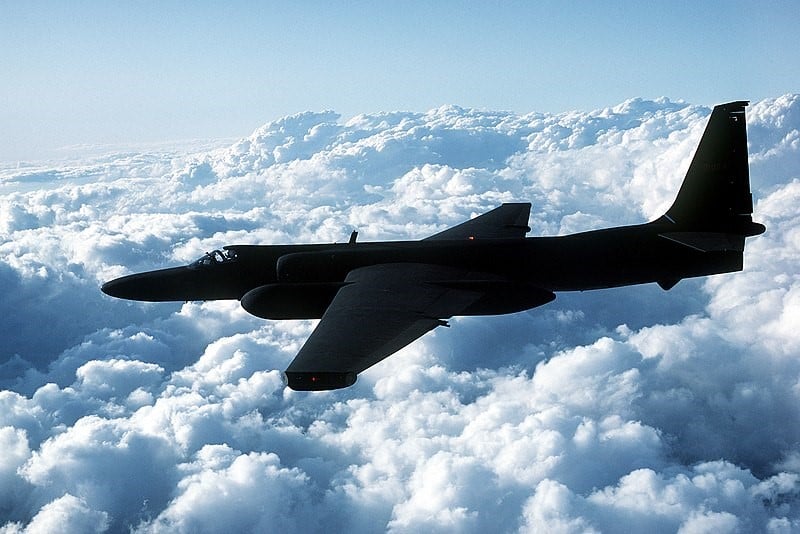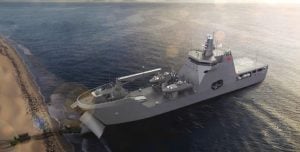The annals of military aviation are replete with tales of remarkable aircraft that have pushed the boundaries of speed, altitude, and technological innovation. From the early days of World War II to the modern era, certain iconic jets have etched their names indelibly in the history books, serving as testaments to the ingenuity and daring of their pilots and engineers.
In this comprehensive exploration, we delve into the Top 5 Military Jets That Shattered Records and paved the way for the technological marvels of today.
5 Fighter Planes That Could Star in Top Gun 3
1. SR-71 Blackbird
The Lockheed SR-71 Blackbird, a long-range strategic reconnaissance aircraft, stands as a true icon of military aviation. Designed and developed in the early 1960s, this remarkable jet soared to unprecedented heights, literally and figuratively. On July 28, 1976, the SR-71 set two world records that remain unbroken to this day: an absolute speed record of 2,193 miles per hour (Mach 3.35) and an absolute altitude record of 85,069 feet. Powered by two Pratt & Whitney J58 engines, each producing a staggering 32,500 pounds of thrust, the Blackbird’s sheer performance capabilities were nothing short of astonishing. With the ability to survey 100,000 square miles of the Earth’s surface in a single hour from an altitude of 80,000 feet, the SR-71 was a technological marvel that revolutionized the field of aerial reconnaissance.
The Blackbird’s Enduring Legacy
The SR-71’s nearly 24-year career saw it performing a wide range of missions, from strategic reconnaissance to electronic warfare. Its unparalleled speed and altitude made it virtually invulnerable to interception, and its advanced sensors and avionics allowed it to gather critical intelligence with unparalleled precision. Even today, the Blackbird remains a symbol of American engineering prowess and a testament to the relentless pursuit of technological superiority in the realm of military aviation.
Preserved SR-71 Blackbird Aircraft
The enduring legacy of the SR-71 Blackbird is evident in the numerous museums across the United States that proudly display these iconic aircraft. From the National Museum of the United States Air Force in Ohio to the Intrepid Sea, Air & Space Museum in New York, visitors can marvel at the sleek, sinister silhouette of the Blackbird and gain a deeper appreciation for its remarkable achievements.
2. B-29 Superfortress “Enola Gay”
The Boeing B-29 Superfortress, a four-engine heavy bomber, made its indelible mark on history during World War II. Equipped with state-of-the-art armament, avionics, and propulsion systems, the B-29 was a technological marvel of its time, boasting features such as pressurized crew compartments and advanced navigation capabilities. But it was the Superfortress christened “Enola Gay” that would forever be etched in the annals of history.
The Enola Gay’s Fateful Mission
On August 6, 1945, the Enola Gay, commanded by Colonel Paul W. Tibbets Jr., dropped the first atomic weapon on the Japanese city of Hiroshima. This momentous event, which ushered in a new era of warfare, was a grim testament to the Superfortress’s formidable capabilities. Three days later, another B-29, the Bockscar, dropped a second atomic bomb on Nagasaki, effectively bringing an end to the war.
The Superfortress’s Technical Specifications
The B-29 Superfortress was a true engineering marvel, with impressive dimensions and performance characteristics. With a length of 99 feet, a wingspan of 141 feet 3 inches, and a maximum takeoff weight of 133,500 pounds, the Superfortress was a formidable presence in the skies. Its top speed of 357 mph and a range of 3,250 miles made it a highly capable long-range bomber, while its service ceiling of 31,850 feet ensured it could operate at high altitudes.
3. X-15 Rocket Plane
The X-15 Rocket Plane, a product of the hypersonic research program between NASA, the U.S. military, and North American Aviation, stands as a true pioneer in the realm of high-speed flight. Designed to investigate the various aspects of hypersonic flight, the X-15 set records that remain unbroken to this day.
Record-Breaking Achievements
During its nearly 10-year operational period, the X-15 achieved the highest speed ever attained by a manned, powered aircraft, reaching a blistering Mach 6.7 (4,520 mph). Additionally, it set the record for the highest altitude reached by a manned, powered aircraft, soaring to an astounding 354,200 feet. These remarkable feats were accomplished by a team of dedicated pilots, including the likes of Scott Crossfield, Joseph A. Walker, and Neil Armstrong, who would later become the first man to walk on the moon.
Contributions to Spaceflight Programs
The wealth of data and insights gained from the X-15 program proved invaluable in the development of subsequent piloted spaceflight programs, including the Mercury, Gemini, and Apollo missions, as well as the Space Shuttle program. The X-15’s pioneering work in the realm of hypersonic flight paved the way for the technological advancements that would ultimately propel humanity into the final frontier.
10 Cool Military Aircraft and their Nicknames
4. Bell X-1
During the early days of the jet age, the quest to conquer the sound barrier was a paramount challenge for aviation pioneers. It was in October 1947 that the experimental rocket-powered Bell X-1 made history when it became the first aircraft to break the sound barrier in level flight.
Yeager’s Groundbreaking Flight
Piloted by the legendary Charles “Chuck” Yeager, the Bell X-1 achieved a maximum speed of Mach 1.06, shattering the previously held belief that the sound barrier was an impenetrable barrier. While there were claims of earlier supersonic flights by other pilots, Yeager’s achievement was the first to be officially recognized and documented.
The X-1’s Technical Specifications
The Bell X-1 was a compact, rocket-powered aircraft with a length of 30 feet 11 inches, a wingspan of 28 feet, and a height of 10 feet 10 inches. Despite its diminutive size, the X-1 was capable of reaching a maximum speed of 1,612 mph and a service ceiling of 70,000 feet, showcasing the remarkable engineering feats that made this historic breakthrough possible.
5. Lockheed U-2
The Lockheed U-2, a single-engine reconnaissance aircraft, has long been revered for its ability to operate at extremely high altitudes, setting new records for intelligence-gathering missions. Designed for the U.S. Air Force and the Central Intelligence Agency (CIA), the U-2 has been a crucial asset in the realm of aerial surveillance and reconnaissance.
Unparalleled Altitude Capabilities
The U-2 was designed to fly at altitudes of up to 80,000 feet, far exceeding the operational ceilings of most other aircraft. This remarkable capability allowed the U-2 to gather critical intelligence while remaining virtually invulnerable to interception. With a cruise speed of 413 knots (475 mph) and a range of over 6,000 nautical miles, the U-2 could conduct long-endurance missions spanning 12 hours or more.
Technological Advancements
The U-2’s advanced sensors, secure communication systems, and machine-to-machine data processing capabilities have made it a formidable intelligence-gathering platform. Lockheed Martin, the aircraft’s manufacturer, has continued to upgrade and modernize the U-2, ensuring its ongoing relevance and effectiveness in the ever-evolving landscape of military reconnaissance.
5 Famous Female Pilots Who Changed Military History
Conclusion
The military aircraft highlighted in this article have each left an indelible mark on the annals of aviation history. From the record-breaking speed and altitude feats of the SR-71 Blackbird to the historic bombing missions of the B-29 Superfortress, these iconic jets have pushed the boundaries of what was once thought possible. The X-15 Rocket Plane’s hypersonic achievements, the Bell X-1’s groundbreaking supersonic flight, and the Lockheed U-2’s unparalleled reconnaissance capabilities all stand as testaments to the ingenuity and determination of the engineers, pilots, and visionaries who have shaped the evolution of military aviation.
As we continue to witness the rapid advancements in modern fighter jets and stealth aircraft, it is essential to recognize the pivotal role these legendary aircraft have played in paving the way for today’s technological marvels. Their stories serve as a reminder of the unwavering human spirit that drives us to explore the limits of what is possible, both in the air and beyond.
FAQs
1. What is the greatest aircraft of all time?
The SR-71 Blackbird, a reconnaissance aircraft used by the US military during the Cold War, was renowned for its remarkable speed and altitude capabilities, making it a crucial tool for intelligence gathering. Even today, it is regarded as one of the most advanced and innovative military aircraft ever created.
2. What was the fastest speed ever achieved by a manned, air-breathing aircraft?
The Lockheed SR-71 Blackbird holds the record for the fastest air-breathing manned aircraft, reaching a top speed of 2,193 mph (Mach 3.35) on July 28, 1976.
3. What was the highest altitude ever reached by a manned, powered aircraft?
The X-15 Rocket Plane set the record for the highest altitude reached by a manned, powered aircraft, soaring to an astounding 354,200 feet.
4. Which aircraft was the first to break the sound barrier in level flight?
The experimental rocket-powered Bell X-1, piloted by Charles “Chuck” Yeager, became the first aircraft to break the sound barrier in level flight in October 1947.
